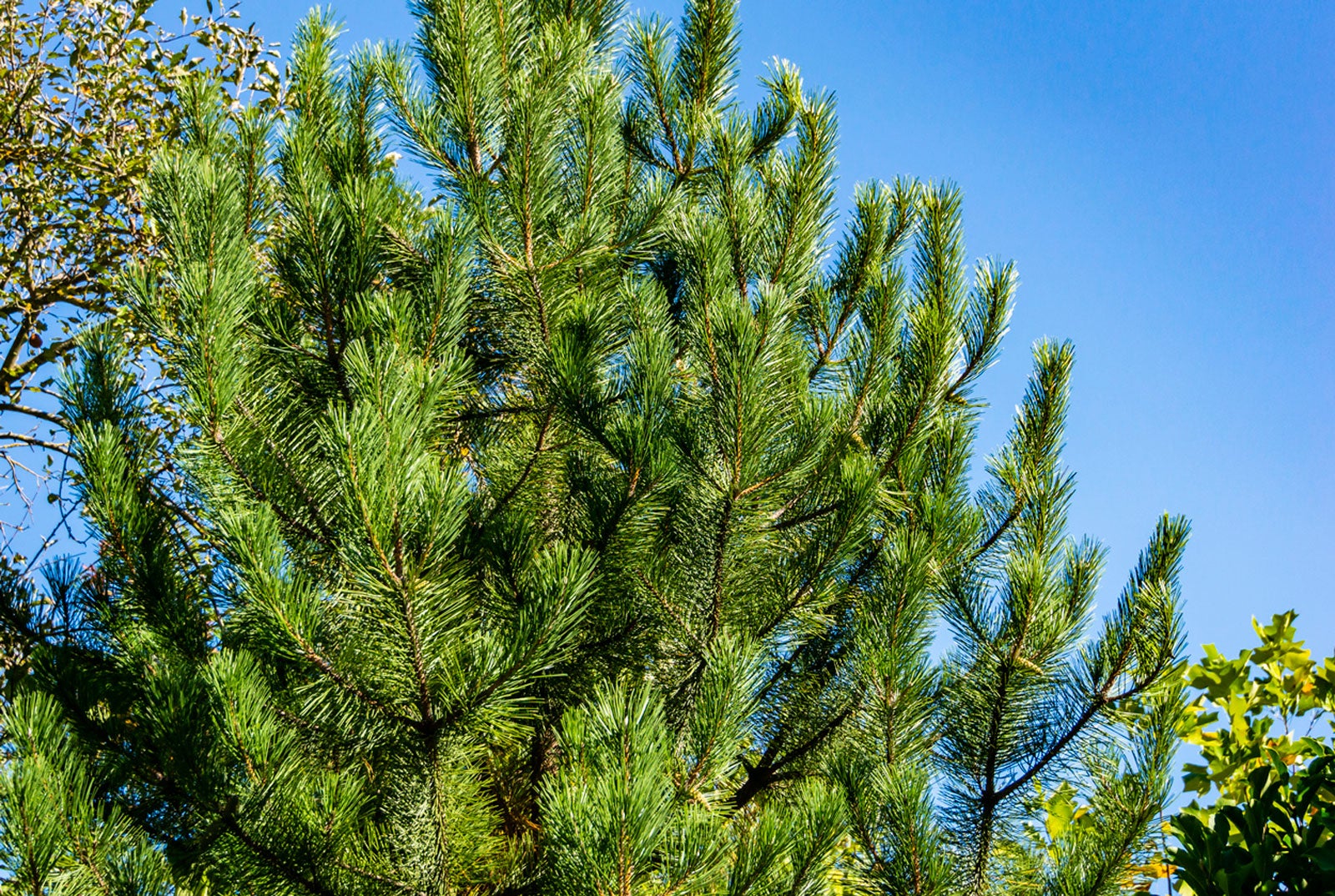Ohio Valley Conifers: Planting Conifers In Central U.S. States


Are you looking for protection from harsh winter winds in the central U.S. states or Ohio Valley? Conifers might be the solution. Their dense foliage and evergreen characteristics make conifers ideal windbreaks. Conifers can also add vertical year-round eye appeal to the landscape and they serve as places to hang Christmas decorations. Additionally, many central U.S. and Ohio Valley conifers require little maintenance.
What are Ohio Valley and Central U.S. Conifers?
Homeowners typically think of conifers as cone-producing, Christmas tree-shaped evergreen trees. While that catch-all description does adequately describe many conifers, there are some which produce berries, others that are deciduous, and a few types are more shrub-like than tree-shaped.
Here are the main types of conifers for Ohio valley and central U.S. states:
- Pine (Pinus) – Pines prefer full sun. Common species include white pine, Austrian pine, Scotch pine, Japanese black pine, and mugo pine. The latter exhibits a dense, round, bush-like shape.
- Spruce (Picea) – Spruce trees grow best in cooler climates. Common species include Norway spruce, Black Hills spruce, Dwarf Alberta spruce, and Colorado blue spruce. The latter has a bluish-silver cast to the needles and is a popular specimen tree.
- Fir (Abies) – Firs require full sun and acidic soil with good drainage. They have flat needles and don’t tolerate pollution as well as pines. Concolor fir is one of the more popular and hardy species of conifers in central U.S. states and the Ohio Valley.
- Yews (Taxus) – Yews are dioecious (plants are specifically male or female) and are popular choices for hedges, topiaries, and geometric gardens. These long-lived conifers require pruning to keep their shape. Unlike most conifers, yews produce bright red berries. All parts of yews are poisonous to humans, pets, and livestock.
- Arborvitae (Thuja) – Arborvitae are fast-growing conifers which are popular as foundation plants and for hedges. The needles resemble a flattened, beaded cord and are arranged in a spray on the branches. They grow best in full sun.
- Juniper (Juniperus) – Species of juniper vary from the eastern red cedar to ground cover varieties. The scale-like needles are sharp and pointed. The foliage can vary in color from yellows to greens and blues. Junipers prefer full sun.
- Hemlock (Tsuga) – Not to be confused with the poisonous, biennial flowering plant of the same name, hemlock trees are not considered toxic. These shade-loving conifers grow best in acidic soil. Native species include eastern, western, mountain, and Carolina hemlock trees.
- False Cypress (Chamaecyparis) – This conifer has flattened needles similar to arborvitae. False cypress foliage exhibits a range of colors from yellow to silvery blue. Species can be tree-like or grow as shrubs. Common species include hinoki and sawara.
- Deciduous conifers – Species of conifers which lose their leaves include dawn redwood, bald cypress, and larch.
Sign up for the Gardening Know How newsletter today and receive a free copy of our e-book "How to Grow Delicious Tomatoes".

Laura Miller has been gardening all her life. Holding a degree in Biology, Nutrition, and Agriculture, Laura's area of expertise is vegetables, herbs, and all things edible. She lives in Ohio.